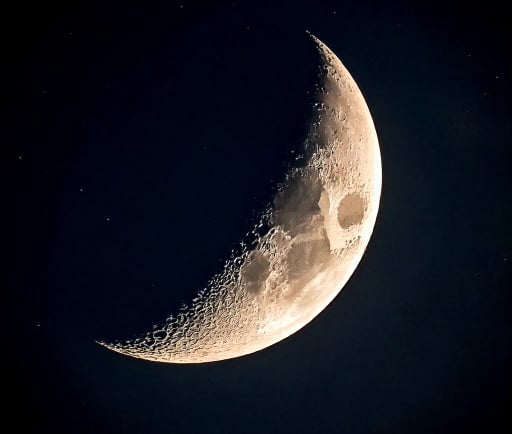The Enchanting Glow of the Waxing Crescent Moon


Understanding the Waxing Crescent Moon
The waxing crescent of the moon, often a source of wonder for stargazers and romantics alike, is a captivating phase in the lunar cycle. As the moon transitions from new to first quarter, its illuminated portion gradually expands, giving rise to a stunning sliver of light against the backdrop of the night sky.
The Science Behind the Waxing Crescent
During the waxing crescent phase, the moon is positioned between the Earth and the Sun, receiving sunlight from a unique angle. This results in the crescent shape that we so often admire. This phase typically occurs approximately three to seven days after the new moon, during which only a fraction of the moon's surface is illuminated. The illumination increases day by day, creating an enchanting spectacle that captivates onlookers each evening.
Appreciating the Beauty of the Waxing Crescent
Many cultures have found significance in the waxing crescent of the moon throughout history. Its shimmering glow has been linked to new beginnings, hope, and the promise of growth. As this slender crescent waxes, it not only symbolizes the passage of time but also ignites the imagination, inspiring poets, artists, and dreamers to find beauty in the nuances of life.
Observing the waxing moon can be a soothing experience. As dusk blankets the sky, look for this delicate crescent, shining brightly with a silver luminescence. It's a thrilling moment for astronomy enthusiasts, who often take to telescopes to admire the craters and features of the moon's surface, which become more visible during this phase.
In conclusion, the waxing crescent of the moon is more than just an astronomical phenomenon—it is a source of inspiration and a reminder of the beauty that exists in transitions. As we witness the moon grow larger in the nights to come, let us take a moment to appreciate its luminous presence and the myriad of emotions it evokes in us all.
